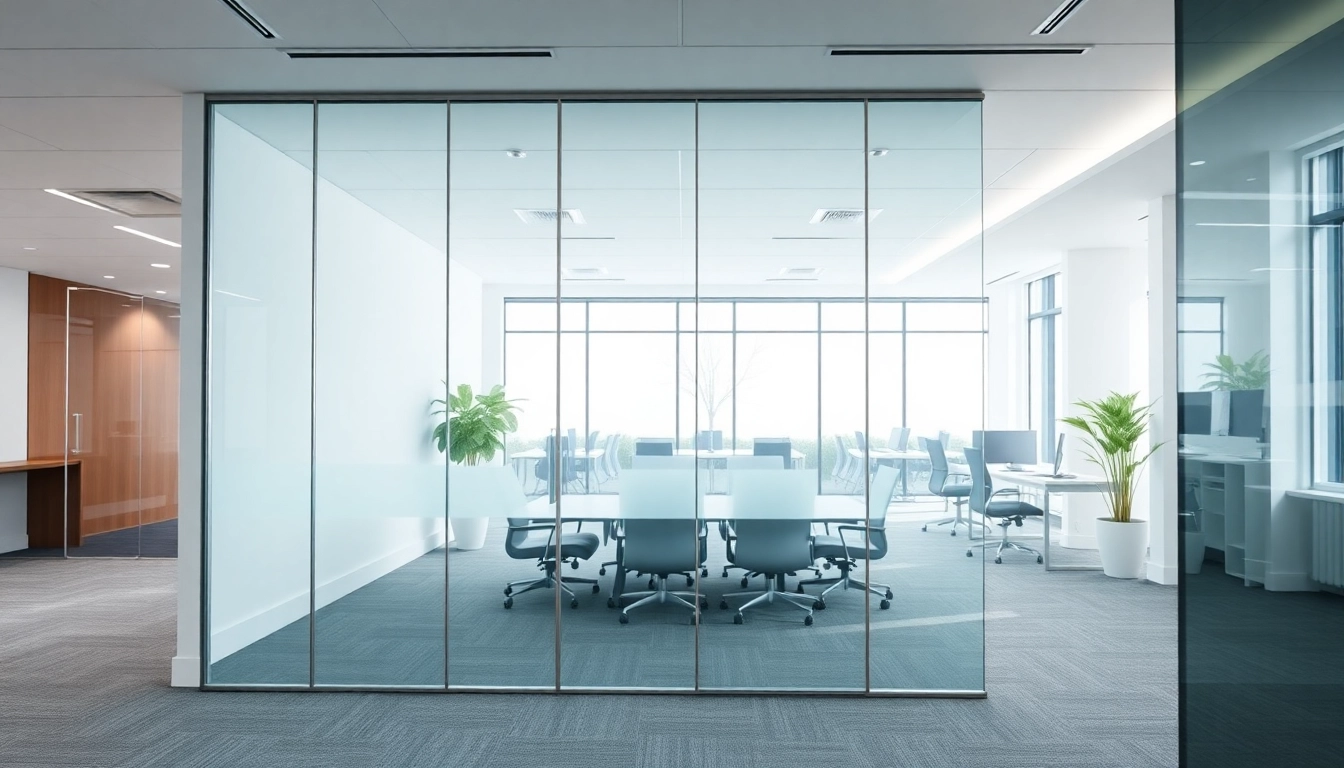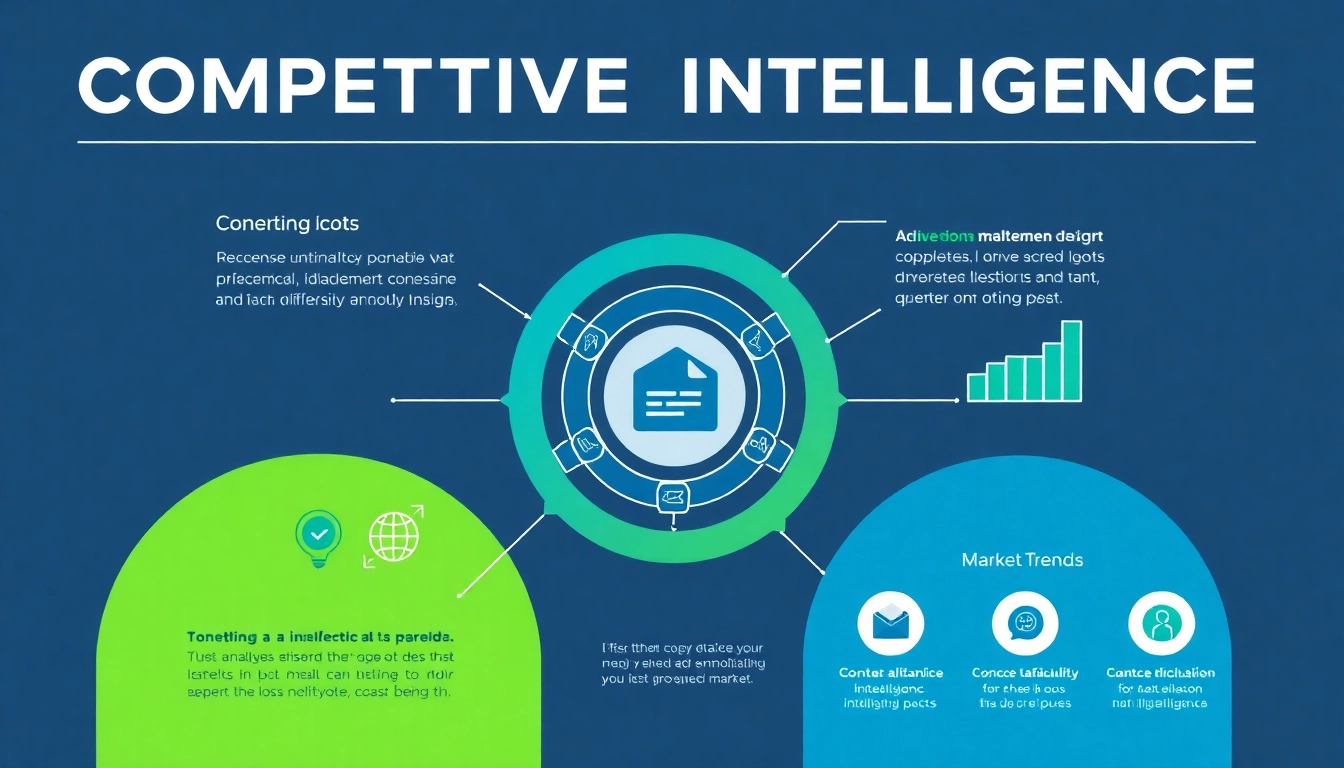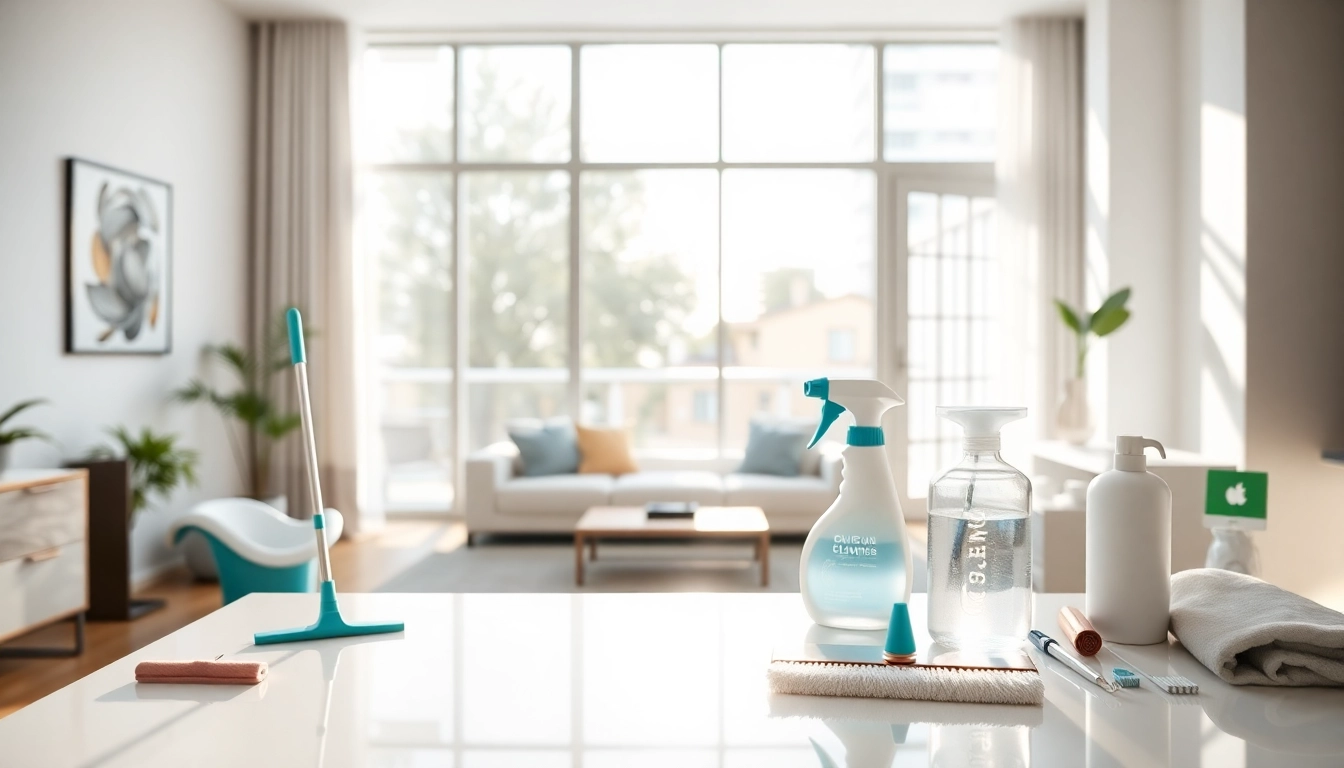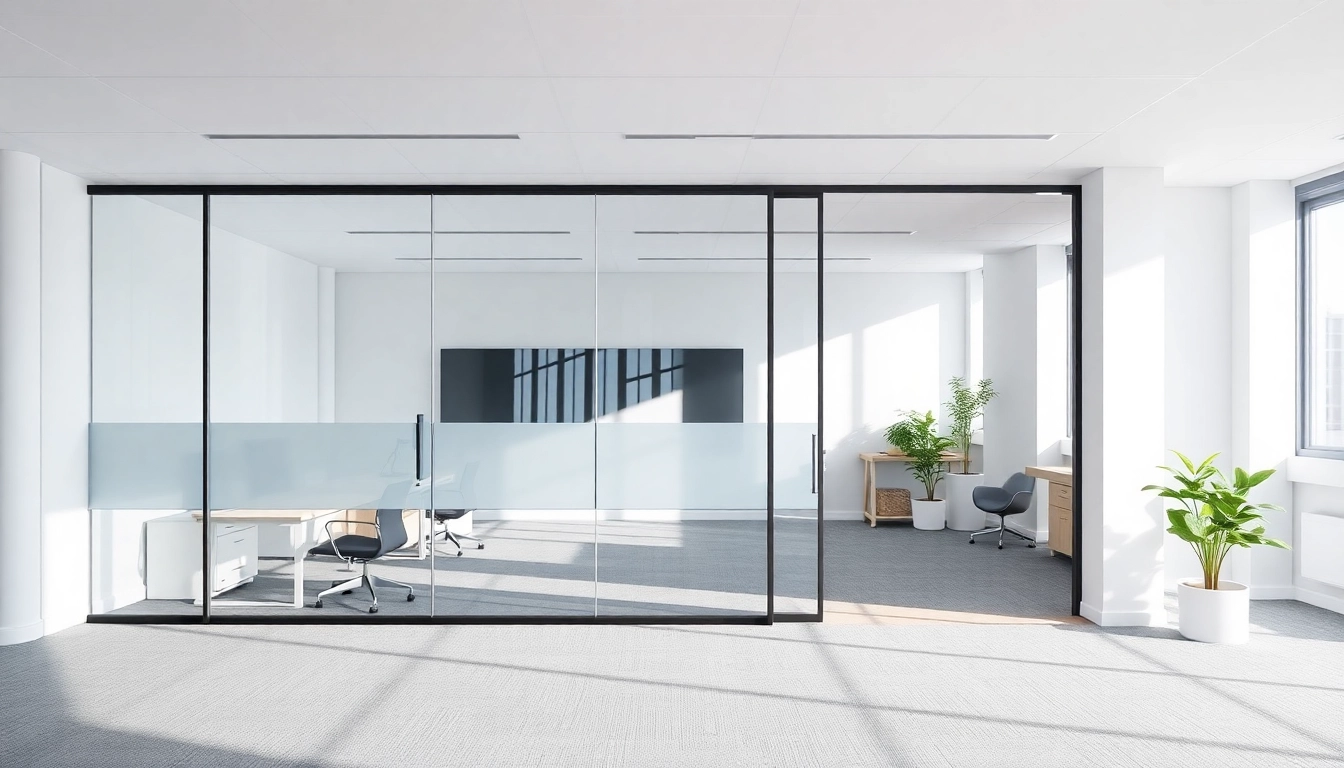Introduction to Movable Glass Partitions
As modern architecture and workspace design continue to evolve, flexibility and aesthetics have become crucial elements in creating functional environments. One innovative solution that has gained popularity is the use of movable glass partitions, which serve as dynamic space dividers in various settings, from corporate offices to educational institutions and even residential spaces. These partitions not only enhance the visual appeal of a space but also provide practical solutions for optimizing light, acoustics, and functionality.
Defining Movable Glass Partitions
Movable glass partitions are essentially flexible wall systems that can be repositioned to create temporary divisions within a larger area. Unlike traditional fixed walls, these systems comprise glass panels that slide, fold, or operate on tracks, enabling users to configure spaces according to their needs. Typically constructed from high-quality tempered or laminated glass, these partitions strike a balance between transparency and privacy, offering a sleek aesthetic without sacrificing practicality.
Benefits of Integrating Glass Partitions in Modern Workspaces
The integration of movable glass partitions into modern workspaces offers numerous benefits. First and foremost, they promote an open and airy environment, allowing natural light to flood through, which can significantly improve employee morale and productivity. Furthermore, the flexibility provided by these partitions is unparalleled; they can be easily reconfigured to adapt to changing business needs or to accommodate collaborative workspaces.
Additionally, movable glass partitions contribute to improved acoustic control. Many systems are designed with sound-insulating properties, allowing for the establishment of quieter zones within bustling environments. This is particularly beneficial in settings like offices, where silence and concentration are often required alongside collaboration.
Another compelling advantage of movable glass partitions is their aesthetic appeal. They offer a modern, sophisticated look that enhances the design of any interior space. By seamlessly blending functionality with style, these partitions elevate the overall ambience, making them a sought-after solution for architects and designers.
Common Applications Across Various Industries
The versatility of movable glass partitions makes them suitable for a variety of industries and applications. In corporate environments, they allow for easy transformation of meeting rooms, collaborative spaces, and private offices. Educational institutions utilize these systems to create multipurpose classrooms and study areas, enabling quick adaptations for different teaching styles.
In the hospitality sector, hotels and restaurants employ movable glass partitions to create flexible dining areas and event spaces that can be tailored for various occasions. Additionally, residential designs benefit from glass partitions in open floor plans, allowing homeowners to maintain openness while delineating separate areas such as living rooms and home offices.
Choosing the Right Movable Glass Partition System
Types of Movable Glass Partitions Available
Understanding the different types of movable glass partition systems is crucial to making an informed choice. The primary categories include:
- Sliding Glass Partitions: These panels operate on tracks and can slide open or closed, offering easy access and flexible configuration.
- Folding Glass Partitions: These systems utilize bi-fold or accordion mechanisms, allowing multiple panels to fold away neatly, maximizing space when opened.
- Stackable Glass Partitions: Such systems can be stacked away in a designated area, offering a clean line of sight and ultimate flexibility for room arrangement.
- Frameless Systems: These partitions have minimal or no visible frames, enhancing the transparent nature while offering sleek aesthetics.
Each type of system offers unique advantages, thus the choice largely depends on the specific space and usage requirements.
Factors to Consider When Selecting a System
When selecting the appropriate movable glass partition system, several critical factors must be considered:
- Space Configuration: Determine how often the layout will change to choose between sliding or folding systems.
- Acoustic Requirements: Assess the need for sound insulation, particularly in environments needing quiet, focused spaces.
- Design Compatibility: Ensure the chosen partition complements the existing interior decor and architecture.
- Installation and Maintenance Needs: Consider ease of installation, as well as long-term maintenance requirements to keep the system functioning optimally.
Cost Analysis: Budgeting for Your Installation
Budgeting for movable glass partitions involves a thorough understanding of the costs associated with the products and installation. Prices can vary widely based on factors such as the type of system, the quality of materials, customization options, and the complexity of the installation.
On average, businesses can expect to pay anywhere from $30 to $100 per square foot for standard installations, but costs may go higher for bespoke solutions. When budgeting, it is essential to consider the long-term benefits and potential return on investment—flexible spaces can lead to improved employee satisfaction and increased operational efficiency.
Installation and Maintenance Best Practices
Steps for Proper Installation of Movable Glass Partitions
A successful installation of movable glass partitions relies on careful planning and execution. Here are essential steps:
- Site Assessment: Begin with a comprehensive evaluation of the site, including measurements and existing infrastructure.
- Design Planning: Work with an architect or designer to configure the layout effectively and select the appropriate partition type.
- Structural Considerations: Ensure that any structural supports needed for mounting the partitions are adequately addressed.
- Installation: Professional installation is recommended, involving precise fitting of tracks, panels, and any necessary hardware.
Following these steps ensures that the partitions function correctly and provide the desired flexibility.
Regular Maintenance and Care Tips
Ongoing maintenance is crucial to the longevity and functionality of movable glass partitions. Here are some best practices:
- Regular Cleaning: Use appropriate glass cleaners to maintain clarity and prevent buildup of dirt and grime.
- Hardware Inspection: Periodically check tracks, wheels, and locks for wear and tear, addressing any issues promptly.
- Professional Service Checks: Schedule annual maintenance checks with professionals to ensure that all elements function smoothly.
Common Issues and How to Troubleshoot Them
Even with regular maintenance, issues may arise. Common problems include:
- Sticking Panels: Address this by inspecting tracks for obstructions or damage and ensuring proper lubrication.
- Glass Damage: If glass panels become scratched or cracked, consult professionals for repairs or replacements to maintain safety and aesthetics.
Early detection and resolution of such problems can significantly extend the lifecycle of movable glass partitions.
Customizing Your Movable Glass Partitions
Design Options: Colors, Finishes, and Styles
Customizability is one of the key advantages of movable glass partitions. Businesses can choose from a variety of design options, including different colors, finishes, and styles. This customization allows for seamless integration with the existing interior design.
Options may include frosted or etched glass for enhanced privacy, or colored film applied to the glass. Frame finishes can also be selected to complement the overall decor, ranging from sleek metals to vibrant colors that reflect branding.
Integrating Branding into Glass Partition Systems
Movable glass partitions can also serve as canvases for brand messaging. By incorporating logos, colors, or thematic designs, companies can enhance their corporate identity while maintaining the functional aspects of the partitions. This promotes a cohesive brand atmosphere, particularly important in client-facing environments such as offices and retail spaces.
How to Enhance Acoustics and Privacy with Designs
For organizations that prioritize privacy and sound control, many modern glass partitions come with integrated acoustic properties. Designers can select partitions that include sound-dampening features, such as insulating materials between glass panes.
Furthermore, thoughtful layout planning can significantly enhance acoustics; for example, placing partitions to create buffer zones between noisy areas can help control sound levels throughout a space.
Case Studies and Real-Life Applications
Successful Implementations in Corporate Settings
Many corporate settings have successfully implemented movable glass partitions to increase flexibility without sacrificing style. For instance, a large tech company utilized a sliding glass wall to create a dynamic conference area that can be opened for larger gatherings or closed for private meetings. This adaptability has been credited with fostering collaboration and open communication among teams.
Transformative Effects in Educational Institutions
In educational settings, movable glass partitions have transformed traditional classroom layouts. Schools have adopted folding glass walls to create multipurpose learning spaces. For example, a university used these partitions to convert a standard lecture hall into smaller seminar rooms, accommodating various class sizes and teaching methods while promoting student interaction.
Residential Uses: Creating Flexible Living Spaces
The trend of minimalism and open-concept living has led homeowners to embrace movable glass partitions as a means of flexible space utilization. A notable case is a New York loft that employed folding glass partitions to separate the living area from the home office, providing both privacy and interaction when needed. This approach maximized space while maintaining an open and inviting atmosphere.




